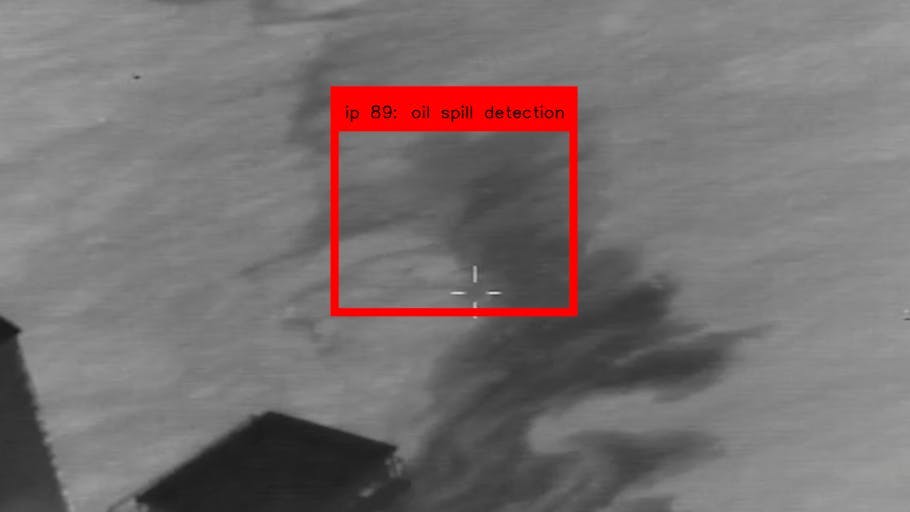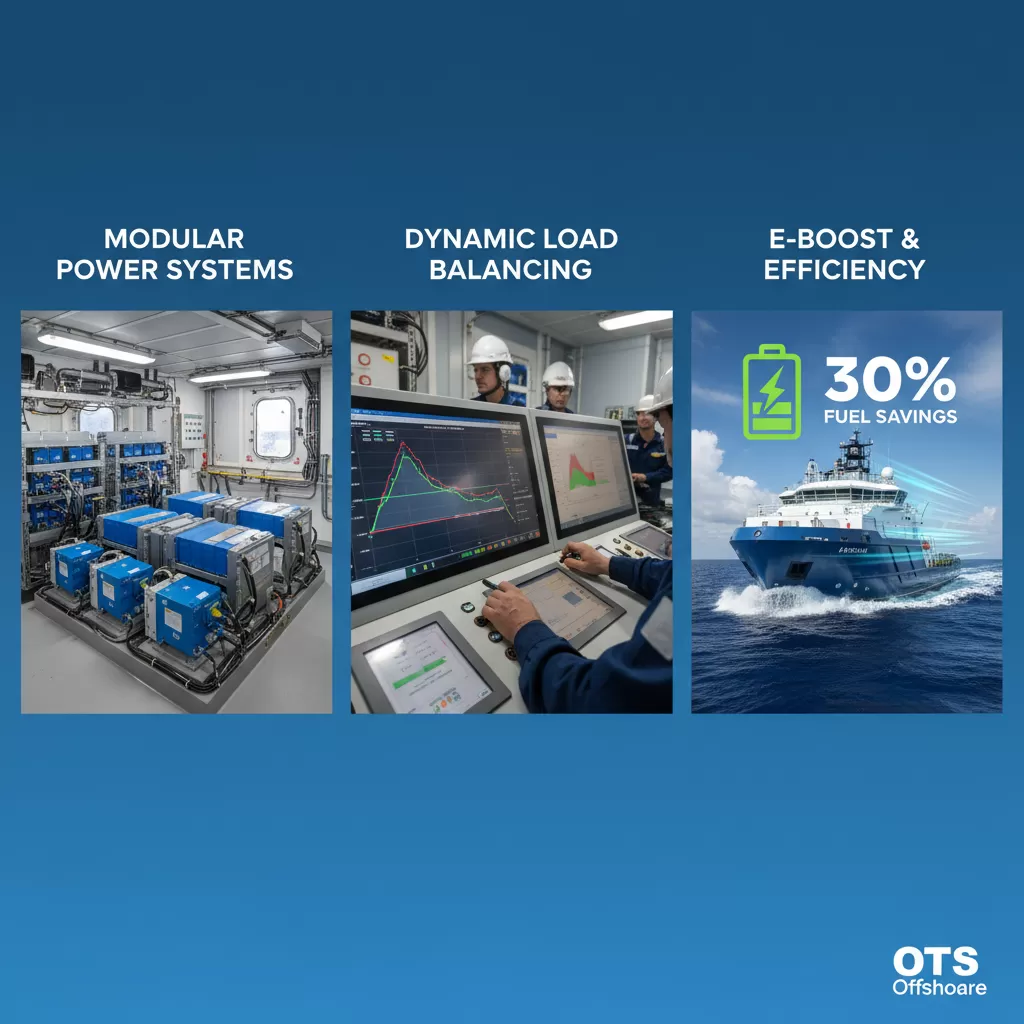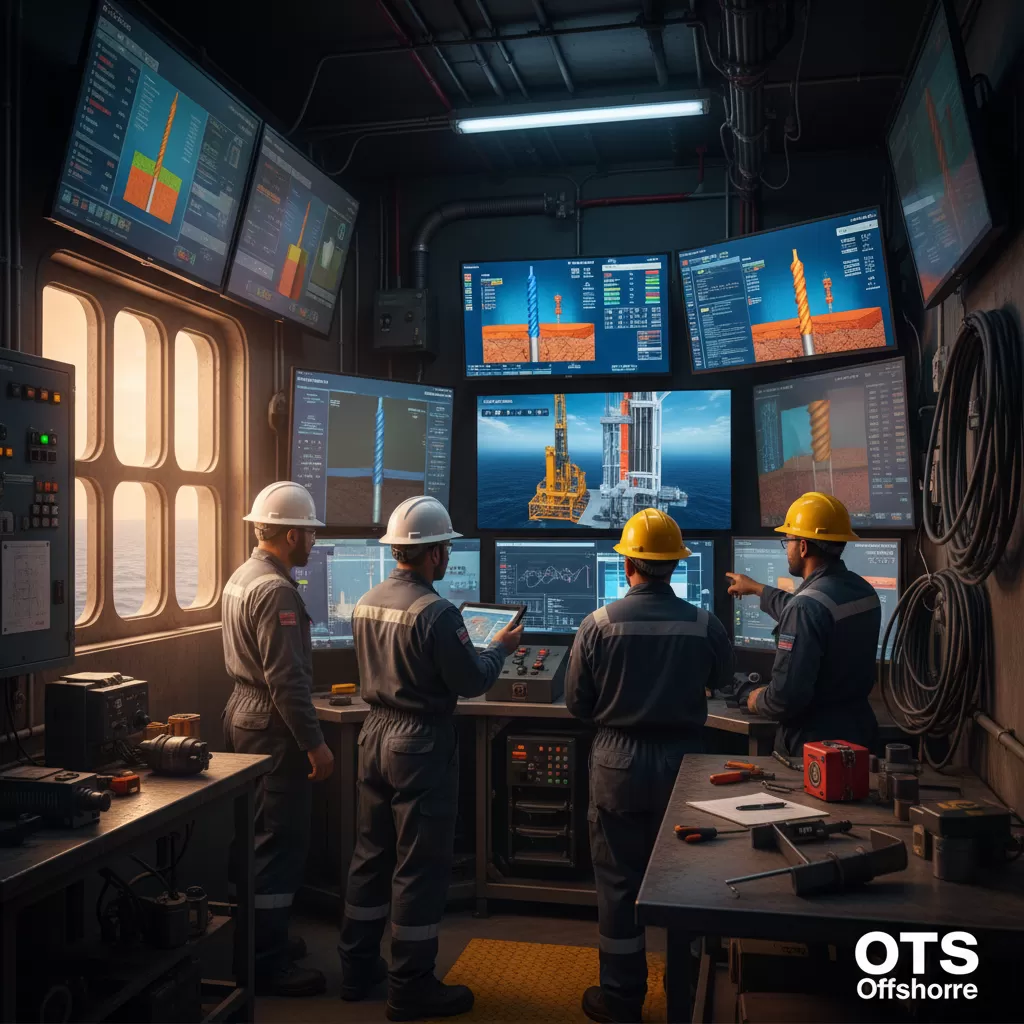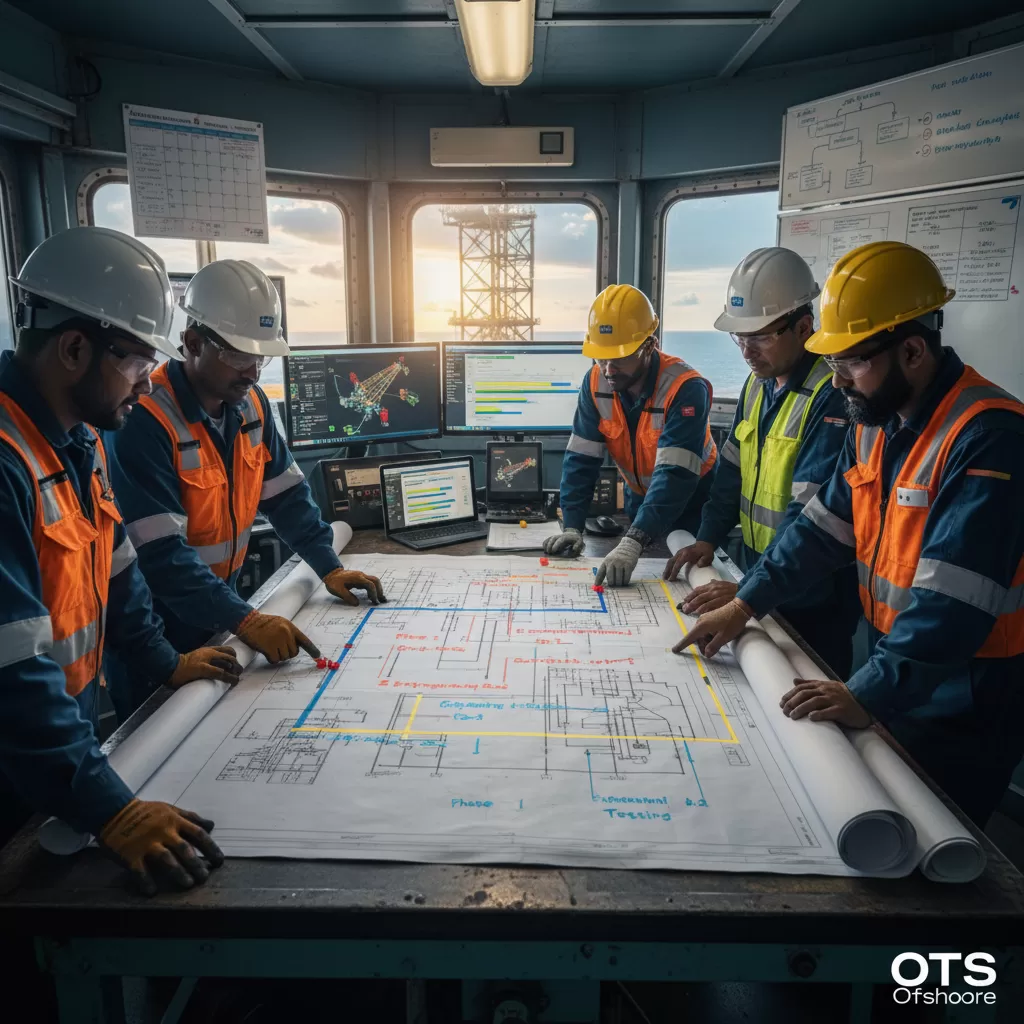**Artificial Intelligence: The Guardian of Oil Spills and Offshore Operations**

Oil spills at sea pose a severe threat to marine ecosystems and coastal economies worldwide. According to the International Tanker Owners Pollution Federation (ITOPF), an average of 6.3 significant incidents (more than 7 tons) occurred annually over the past decade, with approximately 2,000 tons of oil spilling into the oceans in 2023 alone. These incidents devastate local biodiversity and significantly impact coastal economies, affecting fishing, tourism, and maritime recreation industries.
The critical importance of early detection and rapid response in mitigating the impacts of environmental disasters cannot be overstated. Traditional monitoring methods, relying on visual inspections by human teams or fixed sensors, are often insufficient due to the vastness of areas and unpredictability of incidents. However, the advent of artificial intelligence (AI) and video analytics has revolutionized the fight against oil spills, offering a more effective approach to monitoring and early detection.
### The Role of AI and Video Analytics
High-resolution cameras and sophisticated sensors, powered by video analytics systems and AI, continuously monitor ocean areas. A key innovation is the use of aerostats (tethered balloons) as platforms for these monitoring systems. Strategically positioned aerostats offer a cost-effective solution for wide-area surveillance, providing a stable, elevated vantage point for cameras and sensors. This approach reduces maintenance costs compared to traditional fixed installations or manned aircraft while offering extended operational time and broader coverage.
Machine learning algorithms are trained to recognize specific patterns indicating the presence of oil. These systems can detect subtle changes in light reflection, water texture, and marine life behavior that may indicate contaminants. One of the primary advantages of this technology is its ability to operate 24/7 without fatigue, making constant surveillance impossible with human teams alone. These systems can cover larger areas than traditional methods, increasing the likelihood of early leak detection.
### Real-Time Response
When a potential spill is detected, the system immediately alerts response teams, providing accurate data on the oil slick’s location, extent, and movement. This real-time information is crucial for effective response, allowing quick mobilization of containment and cleanup teams. AI also has the potential to contribute to the prediction of oil movement and dispersion. Using data on ocean currents, winds, and other factors, algorithms can predict the likely trajectory of the spill, allowing authorities to take preventive measures to protect sensitive areas and optimize containment efforts.
### Integrated Approach
While these technologies








